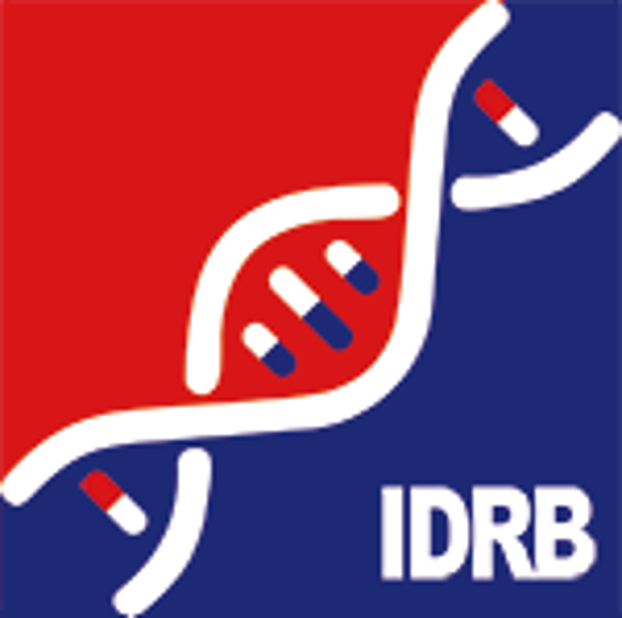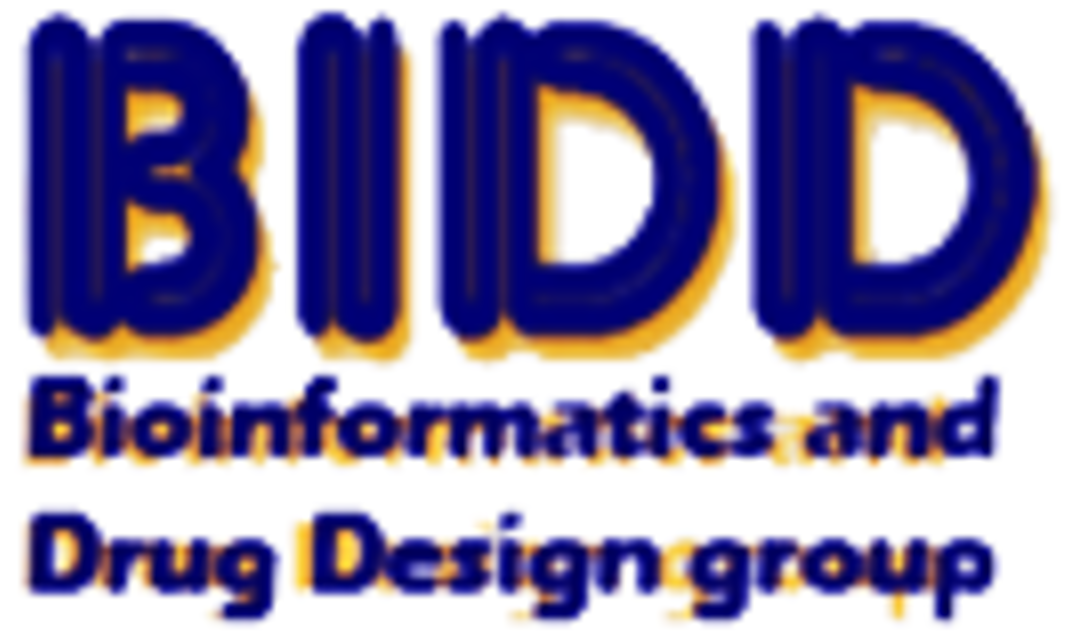Target Information
| Target General Information | Top | |||||
|---|---|---|---|---|---|---|
| Target ID |
T03644
(Former ID: TTDI02186)
|
|||||
| Target Name |
Synuclein alpha (SNCA)
|
|||||
| Synonyms |
PARK1; Non-A4 component of amyloid precursor; Non-A beta component of AD amyloid; NACP; Alpha-synuclein
Click to Show/Hide
|
|||||
| Gene Name |
SNCA
|
|||||
| Target Type |
Clinical trial target
|
[1] | ||||
| Disease | [+] 3 Target-related Diseases | + | ||||
| 1 | Alzheimer disease [ICD-11: 8A20] | |||||
| 2 | Autonomic nervous system disorder [ICD-11: 8D87] | |||||
| 3 | Parkinsonism [ICD-11: 8A00] | |||||
| Function |
Neuronal protein that plays several roles in synaptic activity such as regulation of synaptic vesicle trafficking and subsequent neurotransmitter release. Participates as a monomer in synaptic vesicle exocytosis by enhancing vesicle priming, fusion and dilation of exocytotic fusion pores. Mechanistically, acts by increasing local Ca(2+) release from microdomains which is essential for the enhancement of ATP-induced exocytosis. Acts also as a molecular chaperone in its multimeric membrane-bound state, assisting in the folding of synaptic fusion components called SNAREs (Soluble NSF Attachment Protein REceptors) at presynaptic plasma membrane in conjunction with cysteine string protein-alpha/DNAJC5. This chaperone activity is important to sustain normal SNARE-complex assembly during aging. Plays also a role in the regulation of the dopamine neurotransmission by associating with the dopamine transporter (DAT1) and thereby modulating its activity.
Click to Show/Hide
|
|||||
| BioChemical Class |
Synuclein
|
|||||
| UniProt ID | ||||||
| Sequence |
MDVFMKGLSKAKEGVVAAAEKTKQGVAEAAGKTKEGVLYVGSKTKEGVVHGVATVAEKTK
EQVTNVGGAVVTGVTAVAQKTVEGAGSIAAATGFVKKDQLGKNEEGAPQEGILEDMPVDP DNEAYEMPSEEGYQDYEPEA Click to Show/Hide
|
|||||
| 3D Structure | Click to Show 3D Structure of This Target | PDB | ||||
| HIT2.0 ID | T58CAO | |||||
| Drugs and Modes of Action | Top | |||||
|---|---|---|---|---|---|---|
| Clinical Trial Drug(s) | [+] 10 Clinical Trial Drugs | + | ||||
| 1 | BIIB054 | Drug Info | Phase 2 | Parkinson disease | [2] | |
| 2 | PRX002 | Drug Info | Phase 2 | Parkinson disease | [3] | |
| 3 | RG7935 | Drug Info | Phase 2 | Parkinson disease | [2] | |
| 4 | TAK-341 | Drug Info | Phase 2 | Multiple system atrophy | [4] | |
| 5 | Anle138b | Drug Info | Phase 1 | Parkinson disease | [5] | |
| 6 | MEDI1341 | Drug Info | Phase 1 | Parkinson disease | [2] | |
| 7 | NPT200-11 | Drug Info | Phase 1 | Multiple system atrophy | [2] | |
| 8 | Posiphen R-phenserine | Drug Info | Phase 1 | Alzheimer disease | [6] | |
| 9 | SAR446159 | Drug Info | Phase 1 | Parkinson disease | [7] | |
| 10 | UCB7853 | Drug Info | Phase 1 | Parkinson disease | [8] | |
| Mode of Action | [+] 2 Modes of Action | + | ||||
| Inhibitor | [+] 5 Inhibitor drugs | + | ||||
| 1 | BIIB054 | Drug Info | [2] | |||
| 2 | PRX002 | Drug Info | [9] | |||
| 3 | Anle138b | Drug Info | [11] | |||
| 4 | MEDI1341 | Drug Info | [2] | |||
| 5 | NPT200-11 | Drug Info | [12] | |||
| Modulator | [+] 1 Modulator drugs | + | ||||
| 1 | Posiphen R-phenserine | Drug Info | [6], [13] | |||
| Cell-based Target Expression Variations | Top | |||||
|---|---|---|---|---|---|---|
| Cell-based Target Expression Variations | ||||||
| Drug Binding Sites of Target | Top | |||||
|---|---|---|---|---|---|---|
| Ligand Name: Coenzyme A | Ligand Info | |||||
| Structure Description | Cryo-EM structure of human NatB in complex with CoA-Alpha-Synuclein | PDB:7STX | ||||
| Method | Electron microscopy | Resolution | 3.14 Å | Mutation | No | [14] |
| PDB Sequence |
MDVFM
|
|||||
|
|
||||||
| Click to View More Binding Site Information of This Target with Different Ligands | ||||||
| Different Human System Profiles of Target | Top |
|---|---|
|
Human Similarity Proteins
of target is determined by comparing the sequence similarity of all human proteins with the target based on BLAST. The similarity proteins for a target are defined as the proteins with E-value < 0.005 and outside the protein families of the target.
A target that has fewer human similarity proteins outside its family is commonly regarded to possess a greater capacity to avoid undesired interactions and thus increase the possibility of finding successful drugs
(Brief Bioinform, 21: 649-662, 2020).
Human Tissue Distribution
of target is determined from a proteomics study that quantified more than 12,000 genes across 32 normal human tissues. Tissue Specificity (TS) score was used to define the enrichment of target across tissues.
The distribution of targets among different tissues or organs need to be taken into consideration when assessing the target druggability, as it is generally accepted that the wider the target distribution, the greater the concern over potential adverse effects
(Nat Rev Drug Discov, 20: 64-81, 2021).
Biological Network Descriptors
of target is determined based on a human protein-protein interactions (PPI) network consisting of 9,309 proteins and 52,713 PPIs, which were with a high confidence score of ≥ 0.95 collected from STRING database.
The network properties of targets based on protein-protein interactions (PPIs) have been widely adopted for the assessment of target’s druggability. Proteins with high node degree tend to have a high impact on network function through multiple interactions, while proteins with high betweenness centrality are regarded to be central for communication in interaction networks and regulate the flow of signaling information
(Front Pharmacol, 9, 1245, 2018;
Curr Opin Struct Biol. 44:134-142, 2017).
Human Similarity Proteins
Human Tissue Distribution
Biological Network Descriptors
|
|
|
There is no similarity protein (E value < 0.005) for this target
|
|
Note:
If a protein has TS (tissue specficity) scores at least in one tissue >= 2.5, this protein is called tissue-enriched (including tissue-enriched-but-not-specific and tissue-specific). In the plots, the vertical lines are at thresholds 2.5 and 4.
|
| Degree | 35 | Degree centrality | 3.76E-03 | Betweenness centrality | 6.18E-03 |
|---|---|---|---|---|---|
| Closeness centrality | 2.51E-01 | Radiality | 1.44E+01 | Clustering coefficient | 4.87E-02 |
| Neighborhood connectivity | 2.21E+01 | Topological coefficient | 3.86E-02 | Eccentricity | 12 |
| Download | Click to Download the Full PPI Network of This Target | ||||
| Chemical Structure based Activity Landscape of Target | Top |
|---|---|
| Target Poor or Non Binders | Top | |||||
|---|---|---|---|---|---|---|
| Target Poor or Non Binders | ||||||
| Target Regulators | Top | |||||
|---|---|---|---|---|---|---|
| Target-regulating microRNAs | ||||||
| Target-interacting Proteins | ||||||
| Target Profiles in Patients | Top | |||||
|---|---|---|---|---|---|---|
| Target Expression Profile (TEP) | ||||||
| Target Affiliated Biological Pathways | Top | |||||
|---|---|---|---|---|---|---|
| KEGG Pathway | [+] 2 KEGG Pathways | + | ||||
| 1 | Alzheimer's disease | |||||
| 2 | Parkinson's disease | |||||
| NetPath Pathway | [+] 2 NetPath Pathways | + | ||||
| 1 | Leptin Signaling Pathway | |||||
| 2 | RANKL Signaling Pathway | |||||
| Panther Pathway | [+] 1 Panther Pathways | + | ||||
| 1 | Parkinson disease | |||||
| PID Pathway | [+] 1 PID Pathways | + | ||||
| 1 | Alpha-synuclein signaling | |||||
| Reactome | [+] 1 Reactome Pathways | + | ||||
| 1 | Amyloid formation | |||||
| WikiPathways | [+] 4 WikiPathways | + | ||||
| 1 | Ectoderm Differentiation | |||||
| 2 | Parkinsons Disease Pathway | |||||
| 3 | Parkin-Ubiquitin Proteasomal System pathway | |||||
| 4 | Alzheimers Disease | |||||
| References | Top | |||||
|---|---|---|---|---|---|---|
| REF 1 | alpha-Synuclein in Parkinson's Disease. Cold Spring Harb Perspect Med. 2012 February; 2(2): a009399. | |||||
| REF 2 | Clinical pipeline report, company report or official report of the Pharmaceutical Research and Manufacturers of America (PhRMA) | |||||
| REF 3 | ClinicalTrials.gov (NCT03100149) A Study to Evaluate the Efficacy of Prasinezumab (RO7046015/PRX002) in Participants With Early Parkinson's Disease (PASADENA). U.S. National Institutes of Health. | |||||
| REF 4 | ClinicalTrials.gov (NCT05526391) A Randomized, Double-blind, Placebo-Controlled, Phase 2 Study to Evaluate the Efficacy, Safety, Tolerability, Pharmacokinetics, and Pharmacodynamics of Intravenous TAK-341 in Subjects With Multiple System Atrophy. U.S.National Institutes of Health. | |||||
| REF 5 | ClinicalTrials.gov (NCT04685265) A Study to Assess the Safety, Tolerability, Pharmacokinetics and Pharmacodynamics of Multiple Ascending Oral Doses of anle138b, and to Characterise the Effect of Food of anle138b in Mild to Moderate Parkinson's Disease. U.S.National Institutes of Health. | |||||
| REF 6 | The Anticholinesterase Phenserine and Its Enantiomer Posiphen as 5 ntranslated-Region-Directed Translation Blockers of the Parkinson's Alpha Synuclein Expression. Parkinson's Disease Volume 2012 (2012), Article ID 142372, Page(13). | |||||
| REF 7 | Clinical pipeline report, company report or official report of Sanofi | |||||
| REF 8 | ClinicalTrials.gov (NCT04651153) A Multicenter, Participant-Blind, Investigator-Blind, Randomized, Placebo-Controlled Study to Evaluate Safety, Tolerability, and Pharmacokinetics of Single Ascending Doses of UCB7853 in Healthy Male Study Participants and Multiple Ascending Doses in Patients With Parkinson's Disease. U.S.National Institutes of Health. | |||||
| REF 9 | Safety and Tolerability of Multiple Ascending Doses of PRX002/RG7935, an Anti-alpha-Synuclein Monoclonal Antibody, in Patients With Parkinson Disease: A Randomized Clinical Trial. JAMA Neurol. 2018 Oct 1;75(10):1206-1214. | |||||
| REF 10 | Preclinical development of a high affinity alpha-synuclein antibody, MEDI1341, that can enter the brain, sequester extracellular alpha-synuclein and attenuate alpha-synuclein spreading in vivo. Neurobiol Dis. 2019 Dec;132:104582. | |||||
| REF 11 | Anle138b interaction in alpha-synuclein aggregates by dynamic nuclear polarization NMR. Methods. 2023 Jun;214:18-27. | |||||
| REF 12 | The small molecule alpha-synuclein misfolding inhibitor, NPT200-11, produces multiple benefits in an animal model of Parkinson's disease. Sci Rep. 2018 Nov 1;8(1):16165. | |||||
| REF 13 | The Anticholinesterase Phenserine and Its Enantiomer Posiphen as 5 ntranslated-Region-Directed Translation Blockers of the Parkinson's Alpha Synuclein Expression. Parkinson's Disease Volume 2012 (2012), Article ID 142372, Page(13). | |||||
| REF 14 | Cryo-EM structure of human NatB in complex with CoA-Alpha-Synuclein | |||||
If You Find Any Error in Data or Bug in Web Service, Please Kindly Report It to Dr. Zhou and Dr. Zhang.

